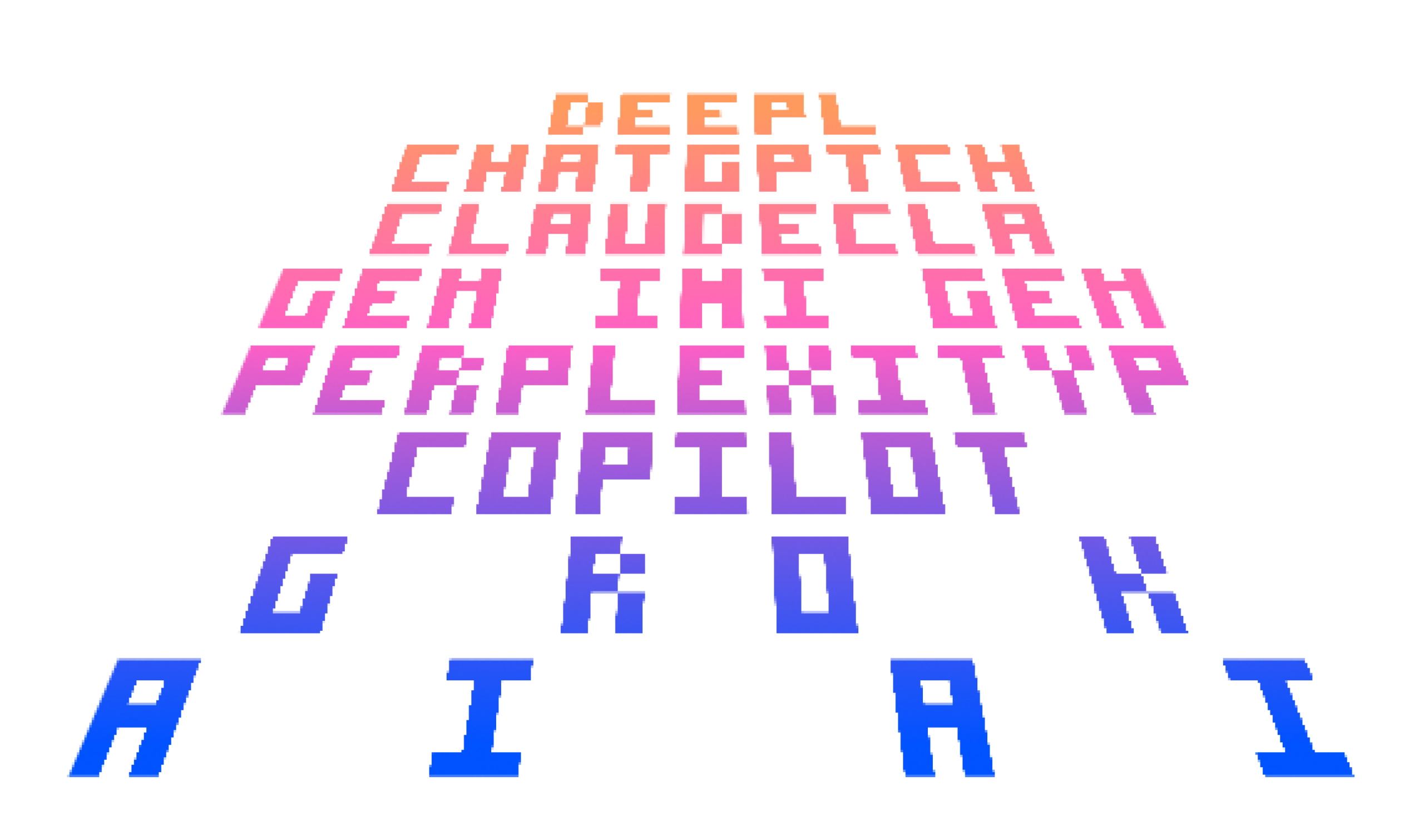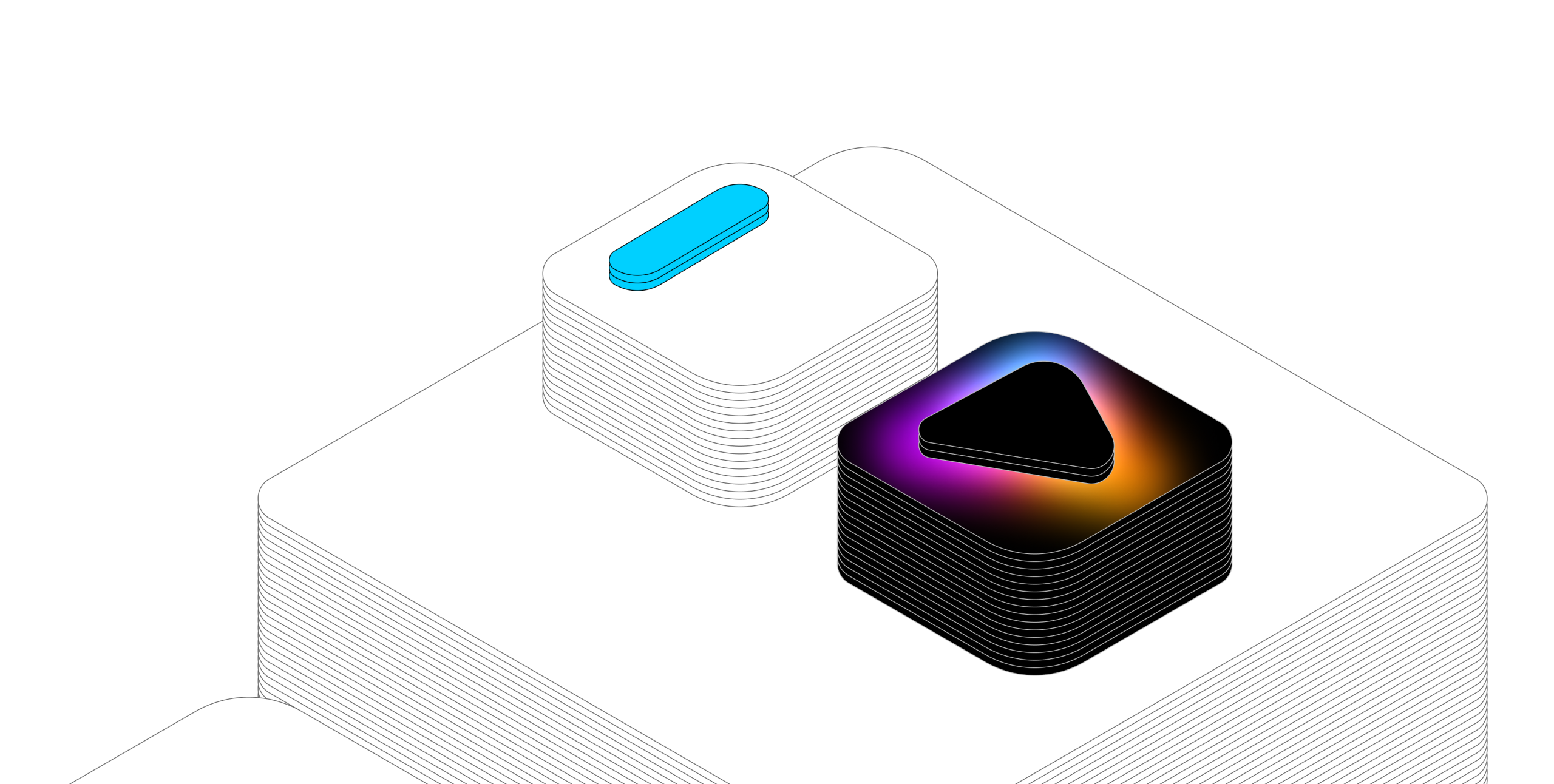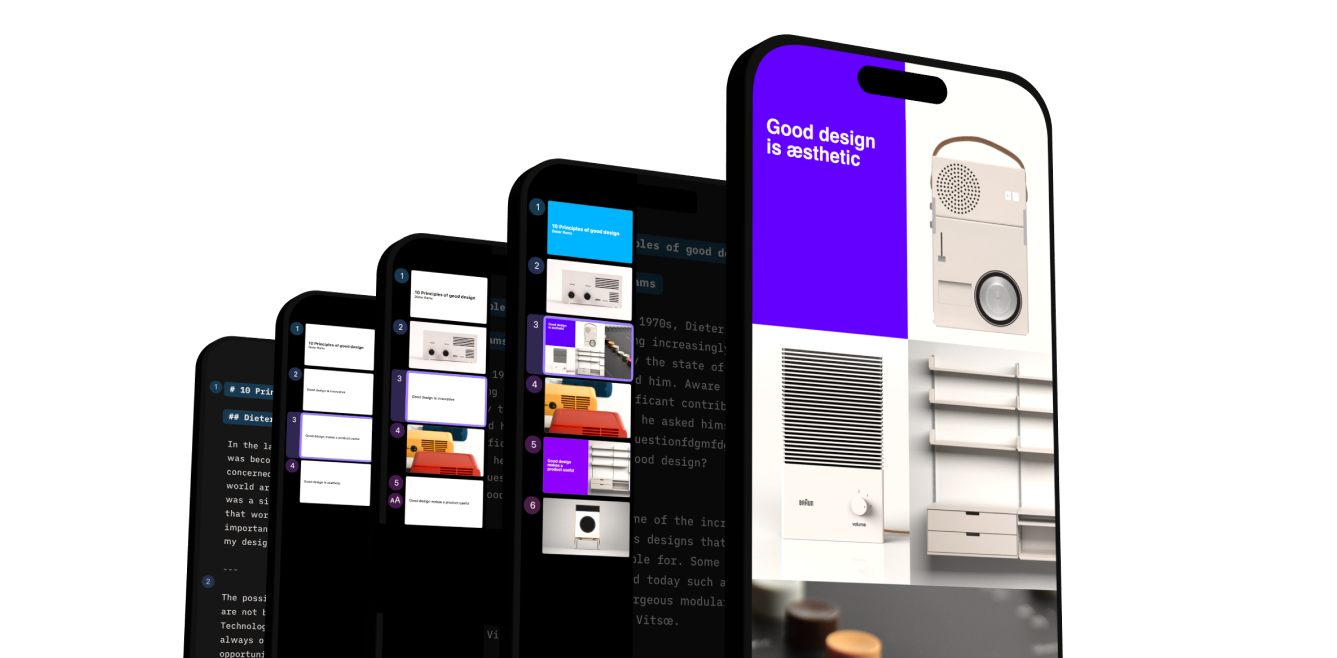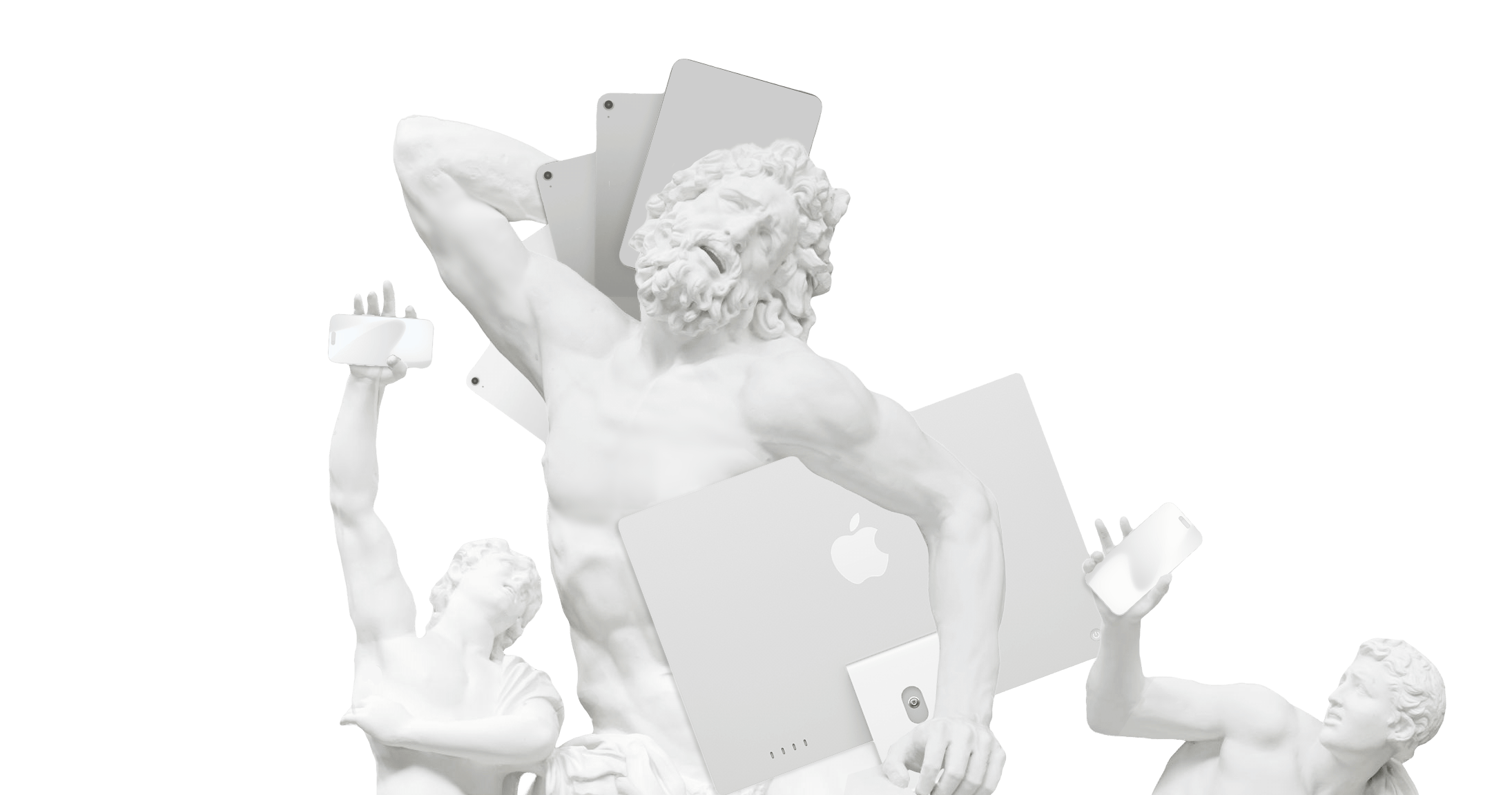The Italian philosopher Giambattista Vico wrote that we only truly know what we make ourselves. His concept of Verum Factum, known in English as “Maker’s Knowledge,” seems obvious—yet its implications for both design and philosophy are profound.
At first, Vico’s idea might seem obvious: to truly understand something, we need to make it ourselves. But taken seriously, it calls for a fundamental shift in how we learn, teach, think, and create.
For designers and developers Maker’s Knowledge means more than abandoning the division of labor—it means learning to think carefully, philosophically. For philosophers, it means learning to actively design and build. Here’s how we’ll unfold the argument:
In the first part, we explore what Maker’s Knowledge means by:
- Translating Vico’s original formulation
- Examining how making something deepens understanding
- Analyzing the normal madness of learning without making
In the second part, we examine the relationship between philosophy and design:
- Highlighting the arbitrary split between theory and practice
- Discussing the value of philosophical training for designers
- Considering how design skills could benefit philosophers
We close with a summary, the motivation behind this article, and a brief outlook.
1. What is Maker’s Knowledge?
The basic concept of Maker’s Knowledge was first formulated by Giambattista Vico in De Antiquissima Sapientia1. While related ideas appear in modern Constructive Realism and the philosophy of science, Vico’s core insight has long remained on the margins of mainstream philosophy—especially outside Italy.2 Today, in the age of large language models and generative AI, his philosophy offers a crucial insight: true understanding arises not from language patterns, but from physical making.
We get to know things not by reading or hearing about them, not by observing and studying them, but by creating or recreating them with our own hands. At first, his strikingly simple claim, often also referred to as Verum Factum, sounds like nothing new. It seems common sense. And, indeed, in its most basic form, it is generally accepted: theory is nothing without practice. Experience trumps mere words.
And yet, Vico takes a much more radical approach than the mainstream pledge for practical knowledge. Maker’s Knowledge claims that true learning and understanding require physical making. Without using our hands to create what we want to understand we do not properly comprehend what we read or hear. He means this in a very literal way. To understand bread you need to make bread. To understand a bicycle, you need to build a bicycle. To understand philosophy you need to create philosophy.
Experienced designers often apply Maker’s Knowledge intuitively, without realizing it. And while technically, it has been around for over 300 years, it is still a rare gem in the history of philosophical ideas. If you are either a designer or if you study philosophy it deserves your full attention, because it can help you unlock both through each other. The concept of Maker’s Knowledge connects thinking and making, philosophy and design.
1.1 Verum Factum
Giambattista Vico claims that fully understanding an object means knowing from first experience how it was made. He claims that we only fully understand what we make with our own hands. Not just thinking, but making and thinking are required to fully know what something is. Truly realizing what an artifact is requires that we know how it was made. That we realize it with our hands and with our minds. To understand it, we need to create or recreate it. Truth is the realization of a design, or, as Vico said:
“Verum esse ipsum factum.”3
The translation is a tough nut to crack. If we translate it literally, something seems to be missing.4 Coincidentally, it turns out that we need to recreate the sentence in our own language to understand its true meaning: To fully understand the sentence we need to recreate it:
“Truth itself is created.”5
In Aristotle’s terms6 we could say that in order to understand the matter, form, structure, and purpose of a human-made product, we need to either have created or recreate it as close as possible to how it was made.7
1.2 To Understand a Thing, Make It
In an interview entitled Do you enjoy being Evil, the German writer Thomas Bernhard claims that reading other author’s books he cares more about how they are made rather than what they say.
“How something is done is what has always interested me most. And strangely, I hardly ever cared what was said there.” –Thomas Bernhard, Do You Enjoy Being Evil?
And indeed, it seems that the more confident we become in our craft, the more we care not about what others do in our field, but how it is done. When we look at a design as designers, we want to know how it was created. We want to know what its makers thought as they worked on it, what materials they used, and how exactly they put it together. As a professional, it gets increasingly interesting to look at things through the glasses of Maker’s Knowledge. Finding out how things are made is an engaging and fun way to learn.
This shouldn’t be too controversial. You don’t need to be an experienced professional to grasp the appeal of Maker’s Knowledge. In everyday life, we are all familiar with its core idea: Most of us prefer learning by doing over reading the manual first. Naturally, we use our hands to understand a new product. We all agree that we do think and better if we alternate between the two.
“Verum et factum reciprocantur seu convertuntur.”
“The true and the made are convertible into each other.”
Unfortunately, in academic philosophy, Maker’s Knowledge is more of a sidetrack than a main street. Academic philosophy is mostly focused on reading and writing.8 And while hands are involved in reading and writing, reading and writing it’s not exactly the most practical activity. It’s not that philosophers wouldn’t know better:
“Experience without theory is blind, but theory without experience is mere intellectual play.”–Immanuel Kant, On the Common Saying: “This May Be True in Theory, But It Does Not Apply in Practice”
And yet, Western philosophy keeps getting more and more abstract, falling into the rabbit hole of writing about writing. And they are not the only ones. The ancient disregard for working with our hands has not only sabotaged academic philosophy. It’s a core issue undermining modern education, that we believe that we can learn by sitting still, shutting up, listening, and repeating what we are told.
1.3 The Normal Madness of Learning Without Making
How come we separate school and business, work and fun, theory and practice, code and design, UX and analytics, learning and doing? It starts early: The way most schools usually teach and learn runs counter to Maker’s Knowledge. At school, we rarely use our hands to comprehend and reconstruct what we are being told. We sit and listen, read and write—a very limited use of making.
Separating theory and practice to a point where we tell our kids to sit still for twenty years to listen and repeat theory before using their own hands… seems nothing short of wrong.
The way we teach knowledge is removed from reality. We learn better by doing, yet schools rarely reflect that. If education were more hands-on, fewer kids would check out—mentally or physically. This early split between theory and practice grows into a lasting divide between thinking and making.
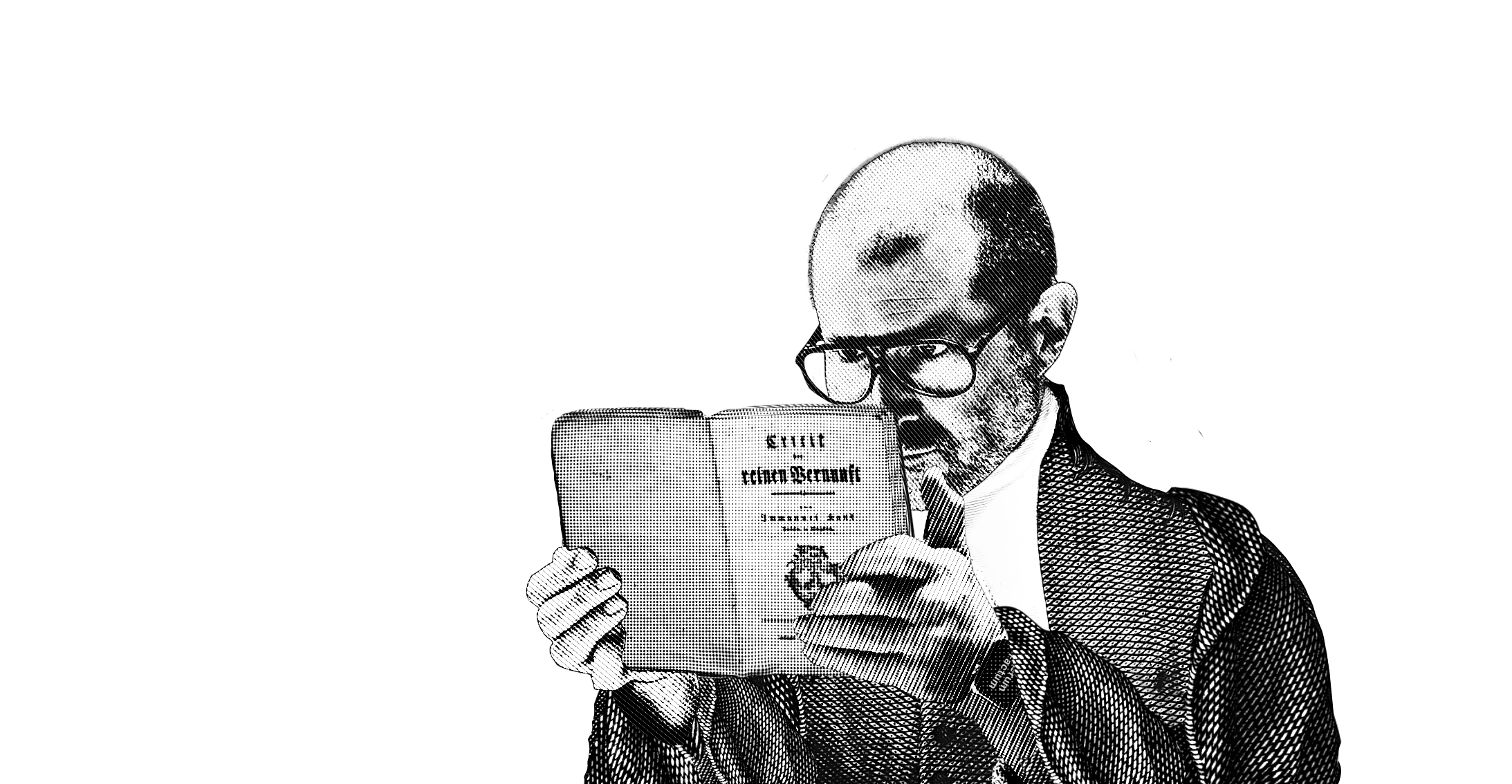
2. Philosophy and Design
2.1 The Arbitrary Separation of Theory and Practice
There is no design without thought.9 Thought without action is meaningless. Every time we try to separate making and thinking we fail at either. Matter and structure — in design, philosophy, and science — take shape when we move back and forth between thought and action.
2.2 Philosophy for Designers
In many ways, classic philosophy is a great school for designers. Studying philosophy does help us do a better job as designers. Philosophy teaches us to think systematically from different perspectives. Creating new, useful products for different people requires learning to “think different”.
Great designers like Dieter Rams, Jony Ive and Jef Raskin speak a philosophical language:
“people generally want to talk about product attributes they can measure easily with a number.[…] schedule cost, speed weight, anything where you can generally agree that six is a bigger number than two. And I understand why, but the problem is that much of my contribution, and the contribution of other creatives, you can’t easily measure with a number.”–Jony Ive10
““The way that you accomplish tasks with a product—what you do and how it responds—that’s the interface.”–Jef Raskin
“Indifference towards people and the reality in which they live is actually the one and only cardinal sin in design”–Dieter Rams
This material may be protected by copyright..”–Jony Ive10
Maker’s Knowledge implies that we can only do well what we understand. And indeed, creating a good design is a process of understanding. The better we understand what we create, the better our design of the product. It seems like the design disappears and becomes the product once we fully comprehend it.
Looking back over 20 years of working in design at our own design studio, the practice of philosophy created, defined, and shaped what we made as designers. Not just Vico, but Aristotle, Wittgenstein, Kant and Blumenberg and Floridi helped shaping our products. At the same time, using our hands simplified some of the more intricate philosophical concepts that were hard to grasp from just reading and dicussing philosophy.
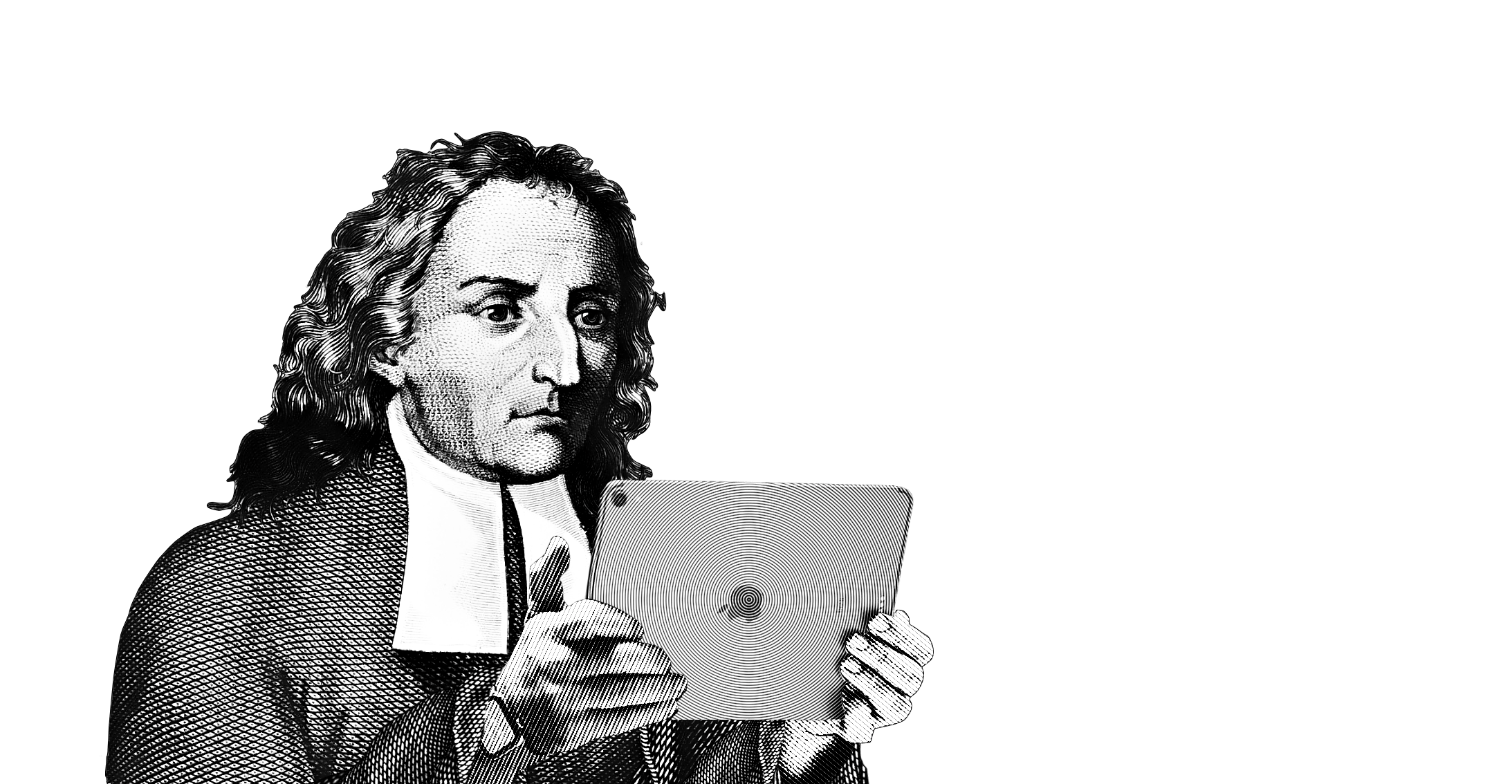
2.3 Design for Philosophers
Maker’s Knowledge is a bridge between philosophy and design that can be crossed in two directions. In the same way that philosophy helps designers, design can help philosophy.
If philosophers learned to make fonts, draw, paint, and print, take more care that what they say makes sense—not just to themselves but to those they want to reach. That means: Creating and recreating a concept until it takes a clear form—shaping and reshaping until matter, form, and structure become one. Not just practice writing that references other writing but using their bodies to find out what their concepts really mean hands on.
Imagine philosophers getting in touch with those who do what philosophers think. Imagine philosophers who try recreating what they think and speak and write about. Try designing before writing about design. Imagine philosophers thinking about whom they want to reach and why, and discovering an audience they could move to change what bothers them. Imagine philosophers testing their thinking with those whom they want to reach.
Imagine philosophers doing what they think may work… until they really understand… until they understand what they are saying… until they understand their own notions… until they understand because they know how and why… because they know how and why what the object of their thought was made. Imagine philosophical works that are so engaging that the audience itself again wants to know how they were made to the point where, again, they try recreating them. Imagine a philosophical book (or maybe, finally, it’s not a book but something significantly different), so well made that we care more about its making than its message—and discover its essence through its making!
Philosophers don’t need to become Dieter Rams. Dieter Rams doesn’t need to speak like Michel Foucault. They come from different sides and as they progress they walk towards each other. Eventually they meet:
“What we make is testament to who we are.”–Jony Ive11
If philosophers had a better understanding of design, they would create works that not just philosophers love and care about. Imagine a philosophical book that is so clear and insightful that we are more interested in how it was made than what it says.
3. Conclusion
Summary
Maker’s Knowledge invites us to rethink what it means to understand — not as the passive reception of truths, but as the active, structured process of making them. Giambattista Vico’s insight that truth is made remains one of the most powerful and overlooked bridges between philosophy and design.
For design, it affirms that thinking is not separate from doing: to design well is to think clearly through form, function, material, and use. Every design decision is a philosophical proposition in concrete form. Without understanding, there is no good design — and without making, there is no real understanding.
For philosophy, Maker’s Knowledge is a reminder that ideas don’t just live in language. If philosophy is to remain relevant, it must care not just about what it says, but how what it says is made — and how it can be understood by others through form. When philosophers learn to shape, to test, to revise ideas materially, their thinking becomes sharper, more accountable, and more alive.
In the age of AI, language models, and increasingly abstract systems, Vico’s principle cuts through the noise: We do not truly know what we have not made. If designers want to think better, and philosophers want to be understood, both must cross the bridge — and meet in the practice of thoughtful making. If we want to understand, we must build. Philosophy and design meet not in theory—but in thoughtful, tangible creation.
* * *
This article was prepared for an upcoming talk by iA founder Oliver Reichenstein on Maker’s Knowledge at Smashing Conference Freiburg. Oliver previously spoke on the topic at Product at Heart and on the Swiss Pioneers Podcast (in German). Slides from last year’s talk are available here. This year’s talk will explore how philosophy has shaped iA’s work over the past 20 years. Expect to hear much more on the topic of Maker’s Knowledge throughout the year.

Footnotes
-
The full title De antiquissima Italorum sapientia, ex linguae latinae originibus eruenda translates to: “Of the most ancient wisdom of the Italians, unearthed from the origins of the Latin language”, published in 1710. ↩
-
I studied philosophy for almost 40 years and earned a formal degree in 1999. Yet I only came across Maker’s Knowledge two years ago, through the excellent work of Luciano Floridi — specifically his Logic of Information (2019) and The Ethics of Artificial Intelligence (2023). Before that, Giambattista Vico was, to me, just a familiar name — a footnote figure with no clear relevance. Like Franz Brentano, Wilhelm Dilthey, or Nicolai Hartmann, he belonged to that class of philosophers who are sometimes mentioned, but rarely read and whose importance is not immediately obvious. Reading De Antiquissima Sapientia was eye-opening. It was accessible, engaging, and intellectually striking. Excited by the discovery, I moved on to his main work, the Nuova Scienza—but found it tedious, weird, and, frankly, boring. I quickly understood why so few take the time to study him in depth. Vico’s ideas are more useful, yet less eloquent than those of his rival, René Descartes. Descartes wrote “I think, therefore I am,” a highly contestable sentence, but he shapes, packages, and sells it like homemade strawberry ice cream. Vico says: “We make, therefore we know.” And he delivers it like an accountant explaining how to write an autoexec.bat to run Excell 2001. Vico’s writing feels nerdy, unstructured, and aimless. In contrast, Descartes shines as a brilliant communicator. His Discours de la méthode remains a model of engaging writing that opens, progresses, and closes its argument with the reader in mind. In terms of structure, flow, and rhetorical craft, it stands in sharp contrast to Vico’s dense, dark, and meandering prose. ↩
-
The full quote in the original reads as follows: “Verum esse ipsum factum. Ergo mens clara et distincta idea sui ipsius non est criterium sui ipsius, multo minus aliarum veritatum. Nam dum mens se ipsam percipit, non se ipsam facit.”, in De antiquissima Italorum sapientia, ex linguae latinae originibus eruenda, 1710. Even for a trained Latinist, this highly dense quote is hard to translate. Word by word there are several possible readings because “verum” can be both an adjective (“true”) and a noun (“truth”), and “factum” can mean both “made” and “fact”. Literally translated it sounds quite odd “True to be itself done.” or “Truth being itself made.” ↩
-
High-level Latin often omits the verb “to be”. In this case, it looks like Vico omits it twice. He omits the “est” that connects the subject and the object and he omits the repetition of “esse.” If we fill them in, the sentence loses its elegance, but it becomes more comprehensible: “Verum esse (est) ipsum factum (esse).” The literal translation now sounds like this: “True being itself is a being that was made.” Not yet all too obvious, the sentence could mean: “Essentially, truth is made.” or “Truth itself is created.” In context, both translations fit. Also notice how factum literally “what is made, what is done, what is created” came to be the root of what we call facts. ↩
-
It is important to understand that Vico doesn’t claim that truth is made up or arbitrary. Verum factum doesn’t mean that truth is completely relative, superficial, a fabrication, or even a lie. On the contrary, he claims that everything that exists has been made, and to be understood it needs to be recreated in the way it was made. If for instance, someone creates a lie like The world is flat to fool others, the lie would reveal itself as such if we recreated it in the same way it was made. If someone created the same sentence by error it would, again, reveal itself in this new light if we recreate it under the same conditions. In other words: “The way things are made reveals their true essence.” Now this became a bit too long. To get closer to the original again, let’s pick the one that came closest. I’d opt for: “Truth itself is created.” ↩
-
Aristotle’s Metaphysics is another treasure trove for designers. More on that some other time. For now, I’d just like to point out that Aristotle discerns between four causes of an artifact: 1. Material Cause: what something is made of (e.g., clay); 2. Formal Cause: the shape or structure (e.g., the vase-form); 3. Efficient Cause: the agent or process that makes it (e.g., the potter); 4. Final Cause: the purpose or function (e.g., to hold water) ↩
-
In Vico’s philosophical system, nature has been made by God, and artifacts have been made by man. To understand artifacts, we either need to create or recreate them. When it comes to understanding nature, we cannot simply create or recreate it. Man cannot make nature as a whole. We can only recreate fragments of it. In Vico’s terms one can argue that natural science makes us understand nature by recreating fragments of it through experiments. With regard to human knowledge, Vico makes us understand that the truth can be found in how we make things. The artificiality of human good comprehends everything we make, including language, which leads him to the puzzling insight that the evolution of language reveals the historical evolution of truth. ↩
-
Rooted in the Greek tradition of devaluing manual labor as βαναυσία (“banausia”), philosophy has long tended to look down on craftsmanship. Socrates, though often invoking artisans, shoemakers, carpenters, and midwives, was mocked for his down-to-earth examples. With Plato, philosophy began to distance itself more decisively from manual craft, favoring abstract reasoning over embodied knowledge—to its own long-term detriment. Plato’s theory of forms elevated abstract, eternal truths over material, mutable things, setting a precedent for Western philosophy to favor knowing through contemplation over knowing through making. ↩
-
The pleonastic term Design Thinking suggests that there’s thought without design and design without thought. There isn’t. ↩
-
A conversation with Jony Ive, San Francisco, 2025 ↩ ↩
-
A conversation with Jony Ive, San Francisco, 2025 ↩


